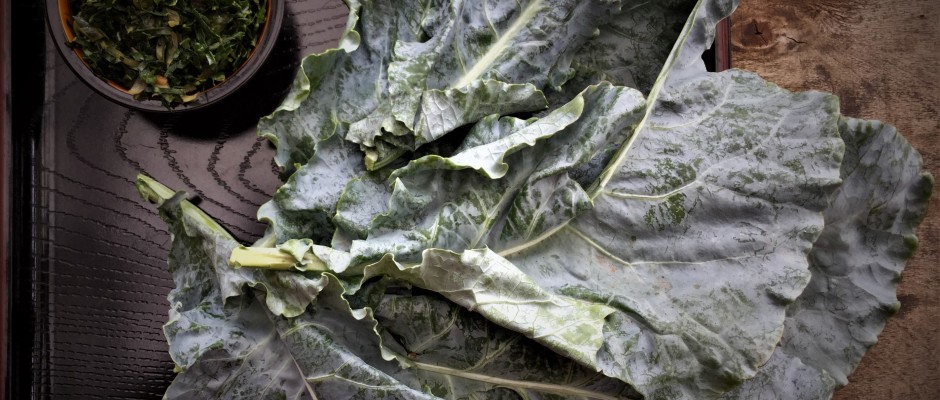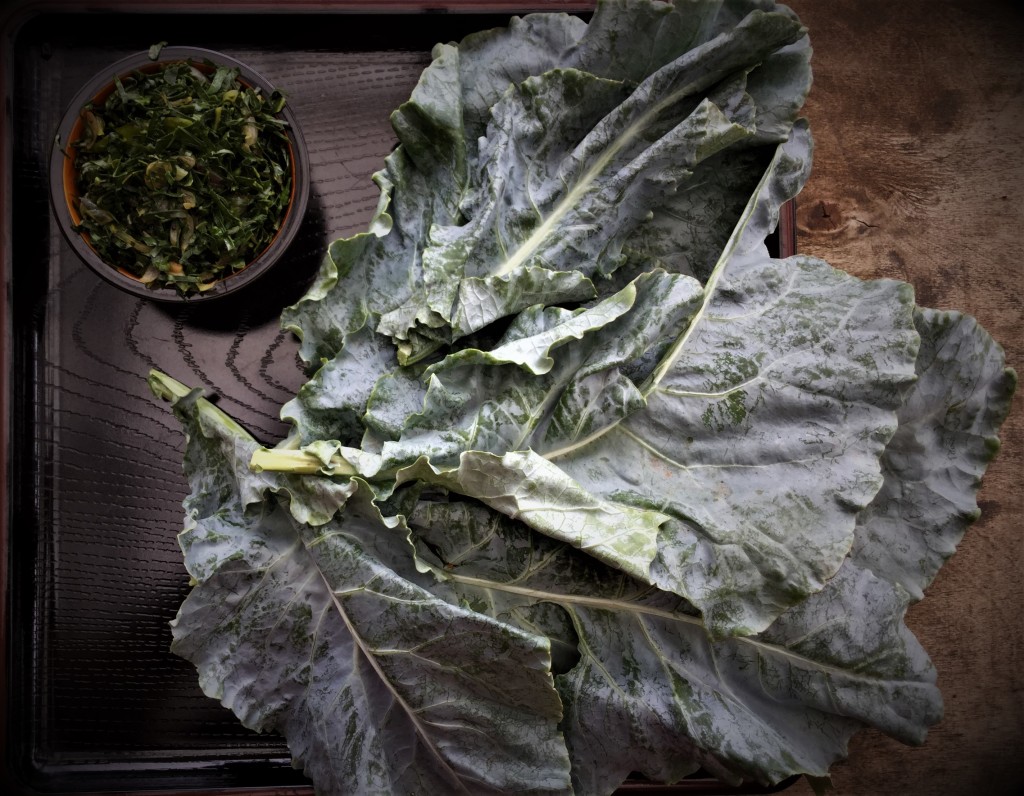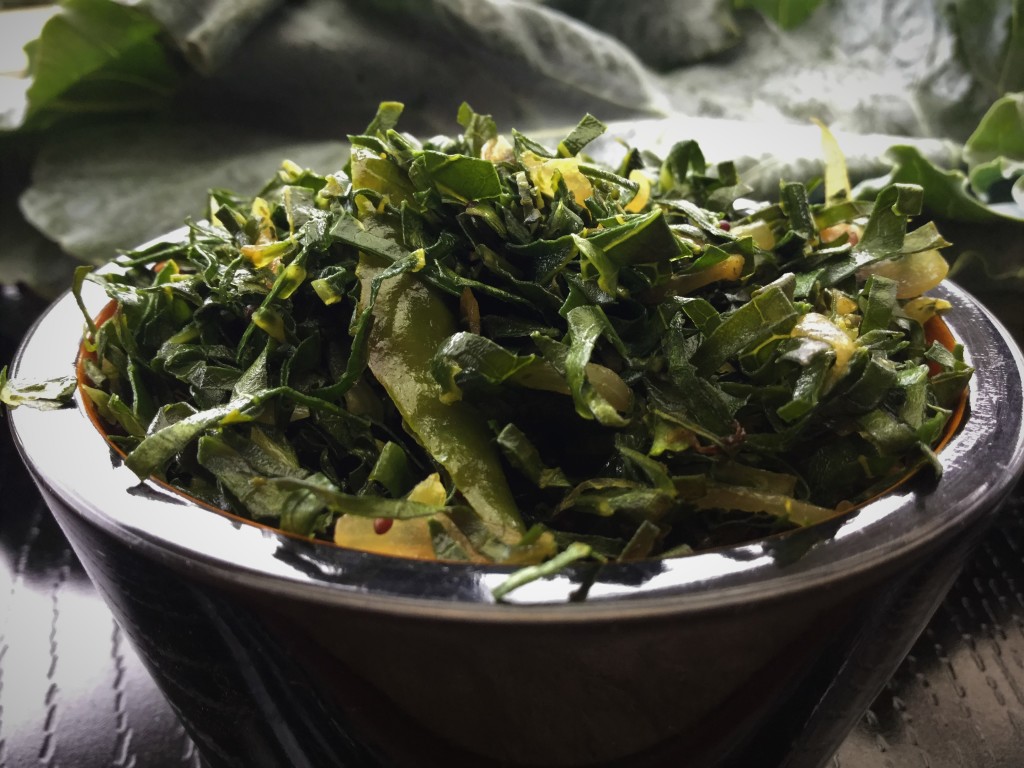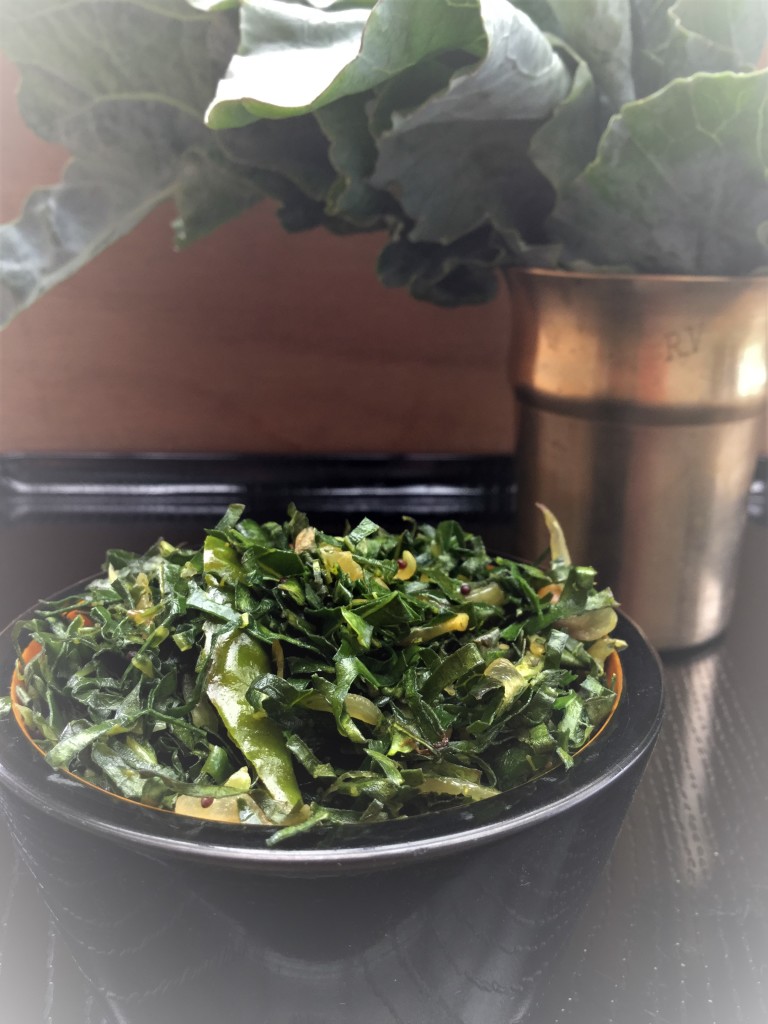Hindu metro plus , Don’t chuck those (organic) leaves
When a local farmer with years of experience in agriculture told me that it was possible to grow cauliflowers in the plains,it was all the prodding I needed to give it a go. This cruciferous vegetable that is loaded with a multitude of vitamins and minerals has, in recent years ,been subjected to a great deal of scrutiny due to the quantity of pesticides used in it’s cultivation. With farmers insisting that it was a herculean task to grow a cauliflower plant in a natural manner because of the frequent pest attacks, I just had to see for myself.
After procuring the tiny saplings from a reliable source,we went about the planting process in an organized manner.Any edible food that boasts of an abundance of nutrients,requires an equally fertile soil that is rich in organic matter and minerals.Soon we had a full patch of thriving young plants.
A short while later it became apparent that we weren’t the only ones that were excited about our crop.The peacocks too showered their enthusiasm on the hapless saplings by pecking away at the leaf edges.
Just as we were beginning to think of fencing options,the cauliflower plants sprouted more leaves and seemed to adjust well to the light showers that heralded the end of a scorching summer.
The broad leaves with it’s tinge of bluish grey set it apart from the other plants in the farm.As one got closer the air hung heavy with the unique aroma of raw cauliflower. Most plants have a natural defense system that reveals itself by way of scents,thorns, dyes etc
It dawned on me that I hadn’t really observed the leaves so closely before. The leaves are not only large but have a kale like texture with slightly crinkly edges. “I’m sure it must be edible” was my first thought. If farming has taught me one thing ,it is that nature allowed for little to go waste.
When I broached the topic of eating the leaves ,the farm hands laughed and said that it was fed only to the cows and could not be cooked. Not one to let go of a thought so easily, I looked it up in my cookery encyclopedia and there it was ! “Cauliflower leaves taste delicious when roasted in the oven”,it said in bold print.
However I did want to find other ways than roasting which may be more suited to indian cooking methods. I wondered how it would fare in a simple keerai poriyal (simple south indian stir fry) , made by just sautéing cut pieces of small onions and green chillies in a bit of nallennai (cold pressed sesame oil) before adding a few handfuls of thinly shredded leaves.The opportunity to experiment happened soon enough when I was lunching alone at home.
The characteristic trait of the cauliflower leaves were no different than that of any other greens.When subject to heat ,they did give off a fair amount of liquid and could be cooked in it’s own juices. The cooking time however took 10 minutes longer than the average spinach. What especially endeared me to the taste of this dish more than the flavour was the texture. Instead of turning slightly damp and squidgy it was quite dry and springy with the onion ,chilli flavours apparent in every mouthful. It turns out that the leaves are the richest sources of calcium along with having high iron content as well as being good for digestion. (100grams of leaves contain approximately 600mgs of calcium.)
When cooked the leaves were devoid of it’s strong fragrance and had no overpowering taste or bitterness of any kind. It in fact matched the mellow taste of the cauliflower which as an ingredient blends easily into a variety of cuisines.The cauliflower keerai poriyal was just delicious with a helping of hand pounded rice,home-made ghee and tamarind rasam.
The next day we made a hearty bowl of delicious mixed lentil soup very much like along the lines of an Italian flavoured zuppa. Usually a thick slice of crusty bread would be our preferred accompaniment. This time however, the large leaves ,freshly picked from the farm just sat on my counter and I just had to try my hand at roasting them. After tossing them with a bit of extra virgin olive oil ,salt and pepper,I placed them flat on the roasting tray and set them on the top rack on medium heat. They turned so wonderfully crisp and yet retained most of the green colour.
Unfortunately I don’t have a post worthy picture of the delicious zuppa with it’s side of crunchy cauliflower leaves, it was the perfect gluten free supper, hearty ,nourishing with a generous helping of the mommy love… the parmesan cheese from the hills of kodaikanal grated over the hot soup melted like a charm , leaving my diners salivating. Nothing like a delicious visual to whet that appetite 😉
Since I only take pictures in natural lighting , I don’t have one of this, just let the words conjure up an image for you !
I wondered why we blindly ran after kale when these leaves offered the same taste and texture and better yet were grown locally.Yes I do understand that only those leaves that are produced in an organically tended to plant can be eaten …another reason to encourage your local farmer to go organic.Better yet grow a small patch yourselves,it is a lot easier than you think. Your health deserves it don’t you agree ?!
It felt good to eat in a manner which reduced waste and at the same time added nutrients that we otherwise spend time and money by procuring from far off shores.Any organic farmer would only be too happy to sell the florets with the leaves intact. Looks like the cows will just have to get used to sharing from now on !
To grow organic cauliflower
The soil needs to be very fertile ,with rich compost and mulch
The climate should not be hot. Cool ,damp weather is ideal
The soil needs be moist. Dry soil will produce uneven loose heads of cauliflower
One plant produces only one head of cauliflower curd





No comments yet.